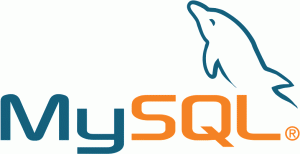 I wanted to use apachetop to monitor one of my servers in real time. Much like top, apachetop reads the acces_log file in /var/logs/httpd/ and displays the results as apache processes happen.
I wanted to use apachetop to monitor one of my servers in real time. Much like top, apachetop reads the acces_log file in /var/logs/httpd/ and displays the results as apache processes happen.
Rather than installing apachetop from source, I thought a simple command like
yum install apachetop
should to the trick… but it doesn’t work by default. Now what?
Well an install via yum will only work if it is configured to look in the right repositories. Apachetop however is not part of the standard repos, hence we need to add what’s known as the EPEL package to yum (it stands for Extra Packages for Enterprise Linux).
In this article I’ll show you how to do it and how to run apachetop.

 guide of what you need to do in order to install and setup MySQL on a new server.
guide of what you need to do in order to install and setup MySQL on a new server. Here’s a brief reminder on how you can edit files with vi directly from the command line. Text is all you get, no other visual clues or menus are included, and best of all you need to know each keyboard shortcut once you’ve entered it.
Here’s a brief reminder on how you can edit files with vi directly from the command line. Text is all you get, no other visual clues or menus are included, and best of all you need to know each keyboard shortcut once you’ve entered it. We had a discussion recently about using SFTP under Plesk 10. It’s possible, however the feature is not called SFTP explicitly so I thought it’s best to describe how it works here.
We had a discussion recently about using SFTP under Plesk 10. It’s possible, however the feature is not called SFTP explicitly so I thought it’s best to describe how it works here. You can never have enough servers flying around, be that for testing, playing or developing. Today I decided that I wanted my local copy of CentOS on my Mac Book Pro – and thanks to Parallels Desktop I can run this in a virtual container alongside Mac OS X. Nice!
You can never have enough servers flying around, be that for testing, playing or developing. Today I decided that I wanted my local copy of CentOS on my Mac Book Pro – and thanks to Parallels Desktop I can run this in a virtual container alongside Mac OS X. Nice!